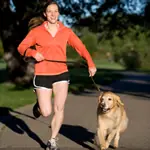
About fifteen years ago there were several local crimes that made my husband start to worry about me doing trail runs by myself. His first suggestion was that he buy me a small gun to carry in my fanny pack. He thought I could attend gun safety classes to learn how to use the gun correctly and therefore be safer running solo on the trails.
More: Stay Safe While Running in the Dark
I listened to his concerns and then I said, "If I carry a gun I'm concerned that I'll shoot myself in the butt, foot or back with the thing. I know they have safety locks, but shooting myself accidentally while running worries me. Additionally, I'm worried that the perpetrator will take the gun from me and then use it to harm me."
After more discussion on the gun issues, my husband suggested that instead of a gun we needed to get a dog. This dog would be my running partner year-round. We theorized that someone looking to grab a woman might leave her alone if she was running with a dog, and look for a different victim.
The decision to get a dog was made 15 years ago and I've loved nearly every minute of running with one.
My first dog actually did keep me safe from a potential assault. Plus, there have been about two or three other incidents, when we've crossed paths with creepy people, and I just felt safer with the dog.
In addition to feeling safer, I love to watch dogs run. They are natural athletes and few animals have more fun running than dogs.
Okay, a dog it is; but what kind of dog would make a good canine running buddy? Below is a list of things to consider when looking for not only the best dog for running, but the best dog for you.
1) Where will the dog live? If the dog will live primarily outside and you live in a climate that can be very hot or very cold, select the fur of your dog accordingly. A dog like a Dalmatian or Vizsla that has a short, light coat will not be comfortable living outside in a snowy climate.
More: Dos and Don'ts of Running With Your Dog
2) Does it matter to you how much the dog sheds? Some dogs have short coats, but the coat may be thick with an undercoat. Dogs that shed a lot and live indoors require grooming. Your house will require more cleaning as well.
3) Do you expect the dog to run long distances? Like people, some dogs are sprinters and love to run fast; but then they want a good amount of rest before going again. Small dogs with short legs and thick coats will not make good companions for long runs.
4) Will you want the dog to run in cold or hot conditions? The breeds used as Alaskan sled dogs (examples include the malamutes, huskies and seppalas) are fantastic endurance runners. Their coats are perfect for running in cold conditions and they are happy living primarily outdoors. They would not, however, be the best choice for athletes living in hot locations or for those wanting to minimize shedding or keep their dogs indoors.
More: 4 Races to Do With Your Dog
5) Do you want a dog that is compatible with kids or other pets? Some breeds tend to be more tolerant of kids being in their faces and pulling on their fur. While there are no hard-and-fast rules about every single dog within a particular breed, some breeds are known for being more tolerant than others.
6) Is it important that your dog is protective? Do you want a dog that is capable of attacking someone that confronts you on your run or enters your home uninvited? Some breeds are known for being more bold and protective than other breeds. That said, many "sweet" dogs can be aggressive if the situation becomes threatening.
7) Does the dog need to have a high, medium or low natural activity level? If you select a high-activity dog, and only plan to run with it for 30 minutes twice per week, then this dog will need something else to do with all that free time. Additional walks or a job such as lure coursing (a sport for dogs in which they chase a lure) will need to be included for high-activity dogs. If you don't keep these dogs busy, they are more likely to be destructive.
- 1
- of
- 2
Get ACTIVE on the Go


Couch to 5K®
The best way to get new runners off the couch and across the finish line of their first 5K.
Available for iOS | Android


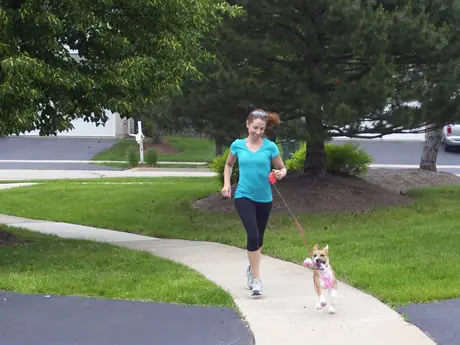
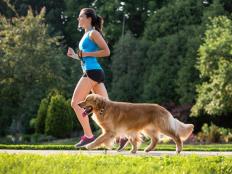
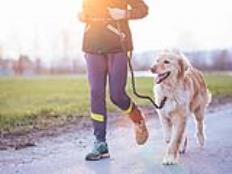
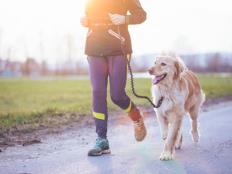

Discuss This Article